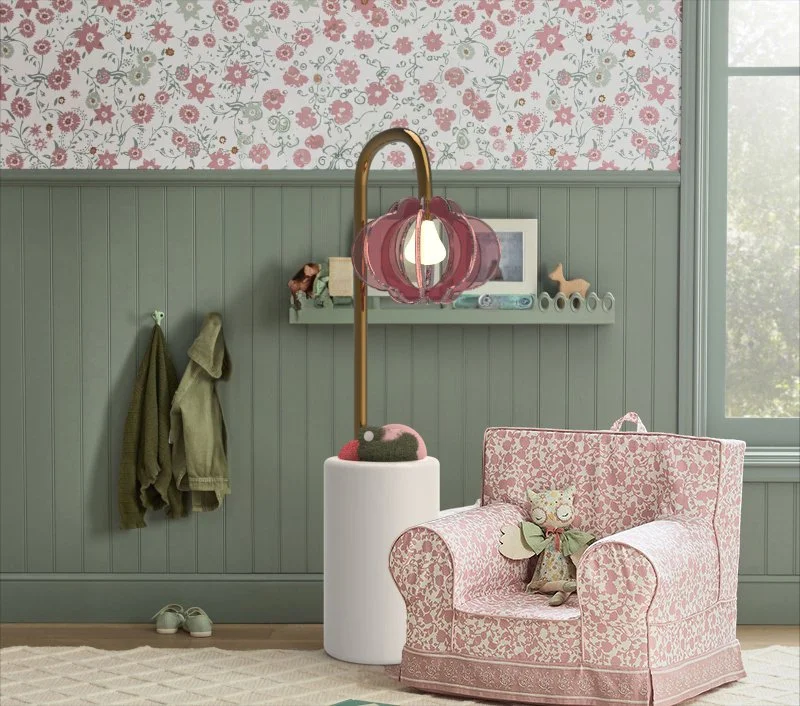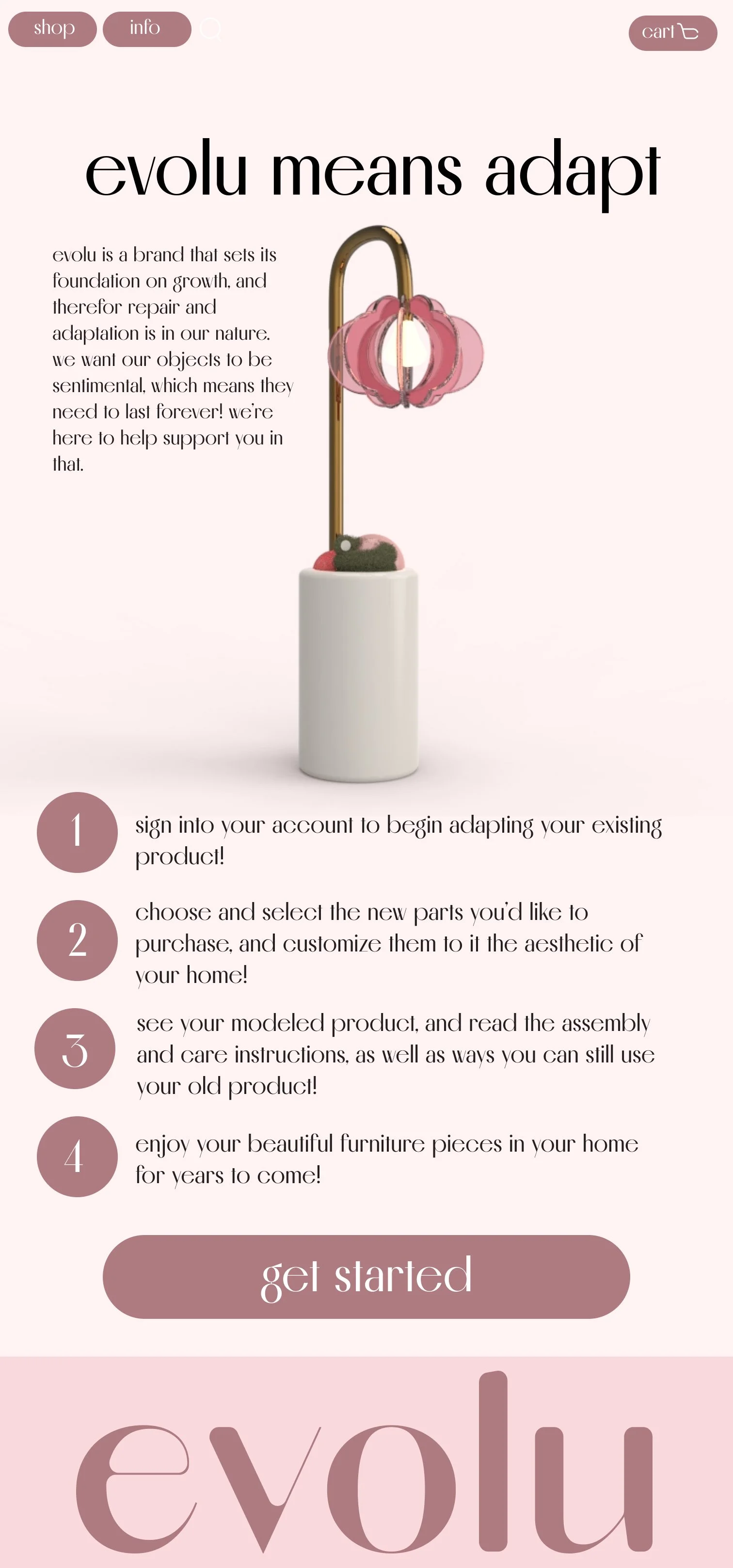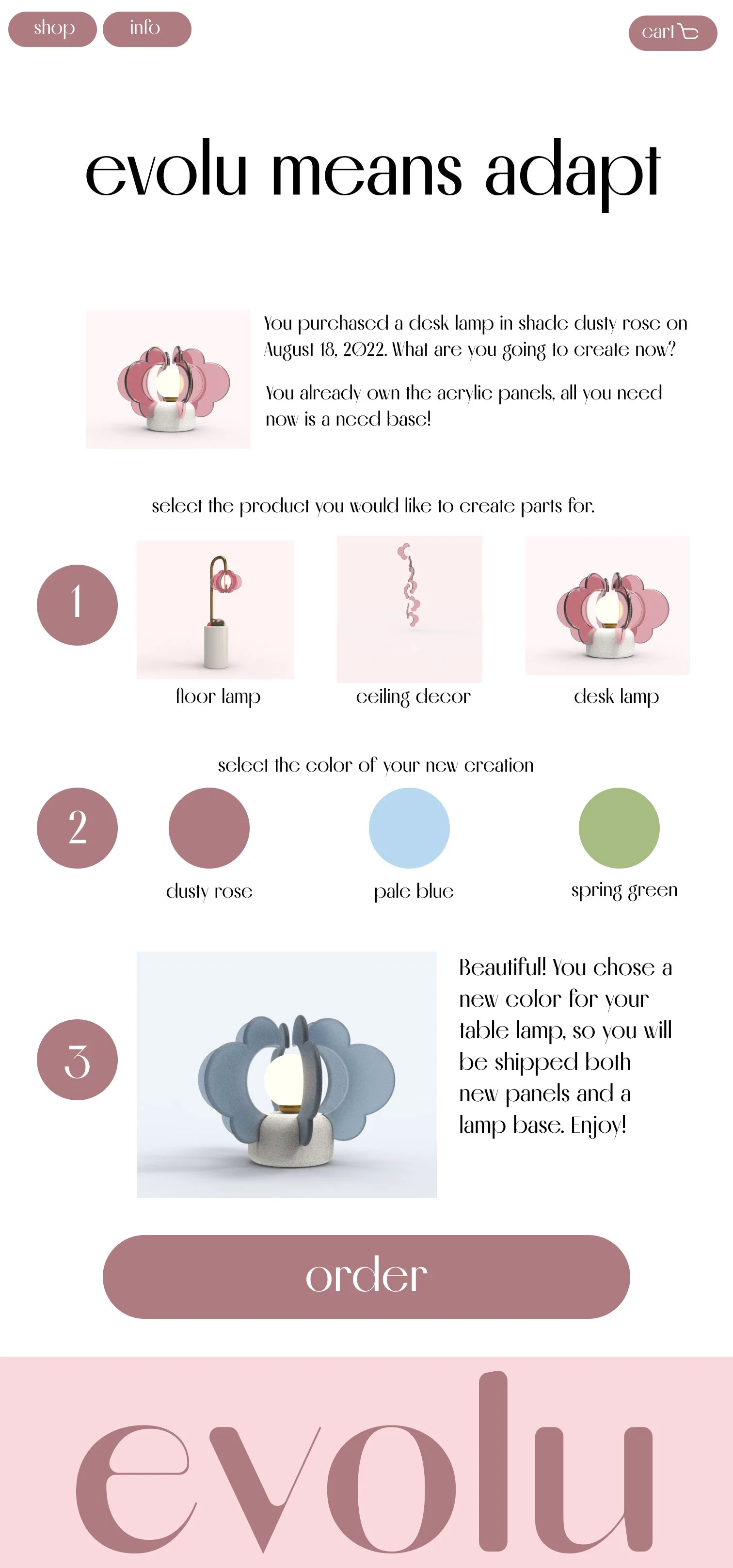EVOLU
How can we extend the product life cycle and reduce material waste by emphasizing sentimentality and re-use through childhood?
How does society encourage consumerism and waste through child development and how can that cycle be changed?
Evolu focuses on revolutionizing children's play and decor by extending its product life cycle and reducing material waste through a unique blend of sentimentality and reusability. Evolu aims to design products that evolve with a child's growth, transforming to meet changing needs while fostering emotional connections. By integrating customizable features and modular components, Evolu’s pieces can adapt from infancy through adolescence, encouraging parents to reuse and repurpose rather than replace.
Evolu addresses the societal tendency to promote consumerism and waste by challenging traditional practices in child development and furniture design. Evolu’s approach emphasizes durable, versatile designs that parents and children can cherish and adapt over time, breaking the cycle of constant replacement. Through thoughtful design and a focus on lasting value, Evolu strive to cultivate a culture of sustainability and emotional attachment, ultimately reducing waste and encouraging a more mindful approach to consumerism.
“The best way to choose what to keep and what to throw away is to take each item and one’s hand and ask: “Does this spark joy?” If it does, keep it. If not, dispose of it.” -Marie Kondo
The global toy market was valued at approximately USD 305.81 billion in 2022 and is expected to grow to around USD 391.62 billion by 2030, with a compound annual growth rate (CAGR) of about 3.14% from 2023 to 2030. Despite this growth, the industry faces significant sustainability challenges. In France alone, over 40 million toys are discarded as waste each year. In the UK, nearly one-third of parents admit to throwing away toys that are still in good working condition simply because their children have outgrown them.
How can we extend the product life cycle and reduce material waste by emphasizing sentimentality and re use through childhood
While the toy market is projected to grow, that growth is limited by the excessive waste generated as more toys are discarded when children move on to newer ones. The toy industry is a major driver of consumerism, with products often designed for specific age ranges and developmental stages. As children grow, they quickly outgrow these toys, leading to high rates of disposal. Plastic toys, in particular, contribute significantly to environmental pollution due to their short lifespan and non-biodegradable nature. Many toys are created to follow fleeting trends rather than focusing on thoughtful, long-lasting design. What’s needed are toys that not only withstand physical wear but also adapt and evolve alongside the child, offering sustained value beyond a single phase or fad.









